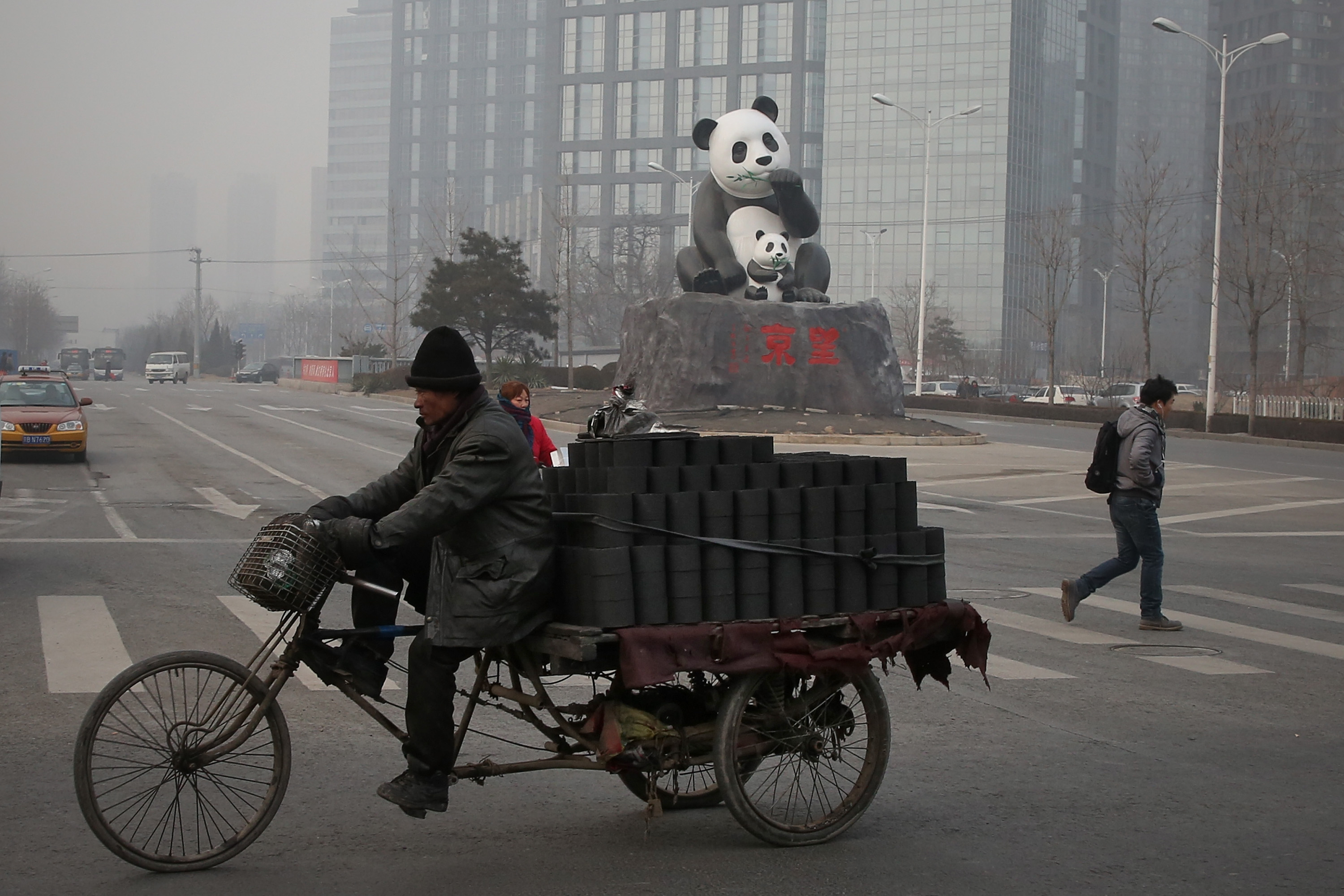Data: Chinese cities could take up to 12 years to meet air pollution limits

Cities in China will take up to 12 years to bring toxic air pollution levels within legal limits, if the government’s air quality plan continues at its current rate – according to an analysis of government data by Greenpeace East Asia.
In Beijing, levels of the particulate PM2.5 have declined by an annual average of 6.6% since the scheme’s launch in 2013. At this rate, the capital will not be compliant for another decade.
Urumqi, the capital of the western autonomous region of Xinjiang, will take 11.7 years to drop within the national standard of 35ug/m3. Air quality in central and western China is under threat from increased investment in coal-fired power plants – last year 75% of new permits were issued for these regions.
Other cities fare somewhat better.
Shanghai is predicted to meet the national standard in 2019 while Guangzhou should meet the national standard this year.
The average annual PM2.5 concentration of the 74 cities has fallen by 30.8% from 2013, an average of 12.1% per year.
But 89 cities – nearly a quarter – saw worsening air quality in 2016. Among them 77 cities are concentrated in central and western China, continuing a trend that has been seen for at least a year.
No clear timeline
Although the government has taken action to cut air pollution – introducing emissions standards and setting targets for cutting coal use – an industry resurgence last year gave rise to Beijing’s longest episode yet over the new year.
It is specified in Article 14 of China’s ‘air pollution prevention and control law’, effective since the start of January 2016, that all cities failing to reach the national air quality standard must draw up plans to meet the national standards within a prescribed time frame.
However, not a single Chinese city has yet published such a timeline.
Currently, only a few cities and urban conglomerate areas have air pollution timelines. Beijing’s newly appointed acting mayor Cai Qi, for example, has declared that the city will bring annual average PM2.5 concentration down to 56ug/m3 by 2020. The plan, however, includes no mention of how and when the capital will meet the national air quality standard of 35ug/m3, as required by the air pollution law.
Data analysis
Average rates of decline have been calculated for the 74 cities for which data is available from 2013 to 2016. The government did not release official data for PM2.5 until 2013.
A total of 366 cities released data on air pollution in 2016. Their PM2.5 concentration levels fell an average of 7.1% compared to 2015, bringing the average level of PM2.5 concentration down to 46.7ug/m3, down from 50.2 ug/m3 in 2015.
Tom Baxter and Guan Siqi are communications officers and Greenpeace East Asia

